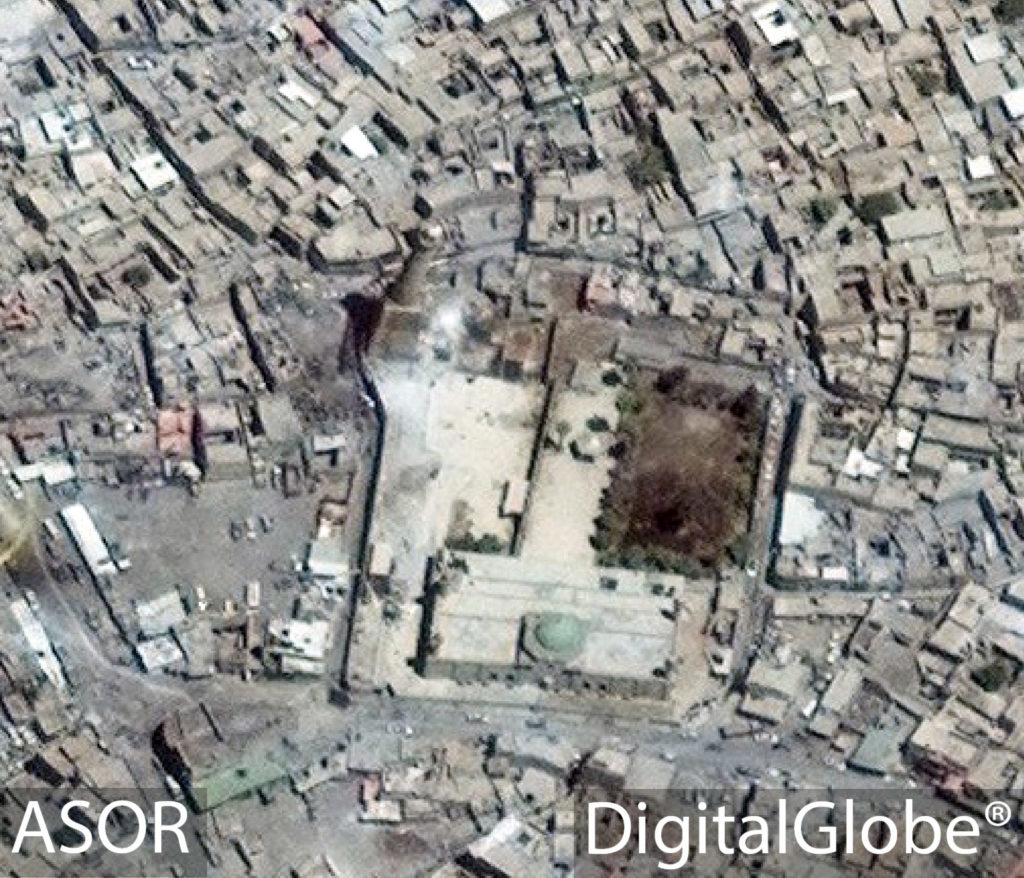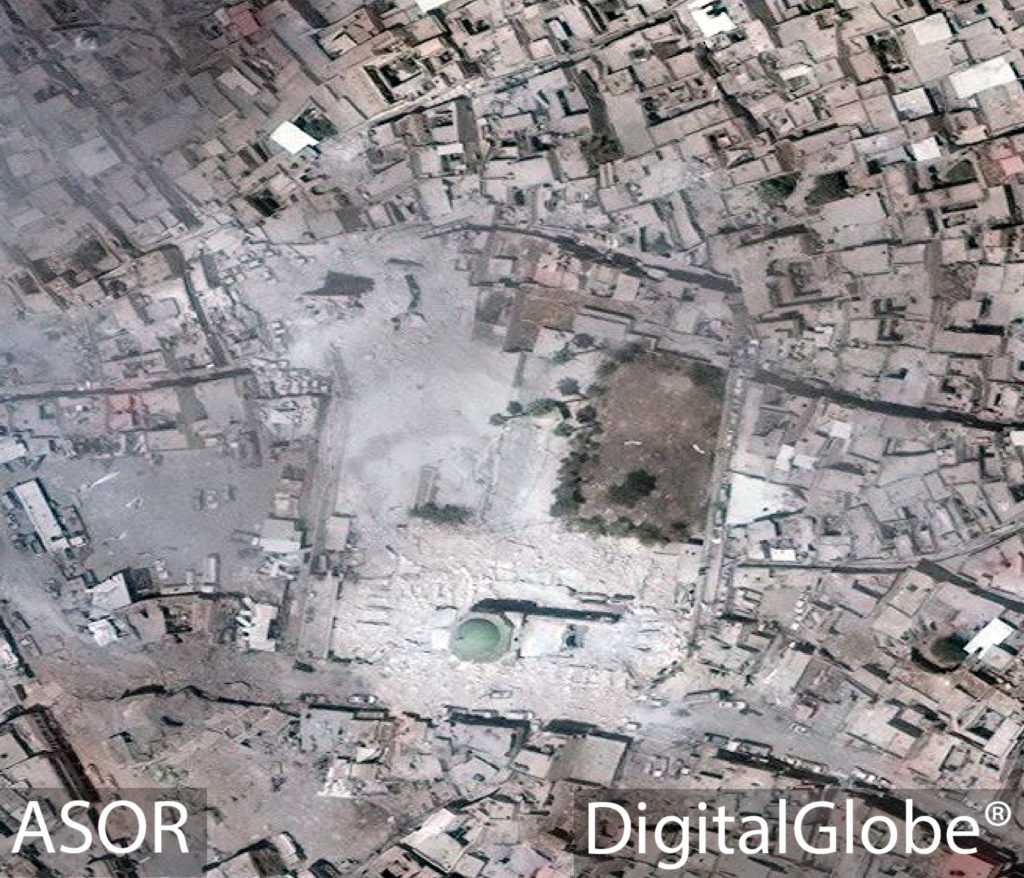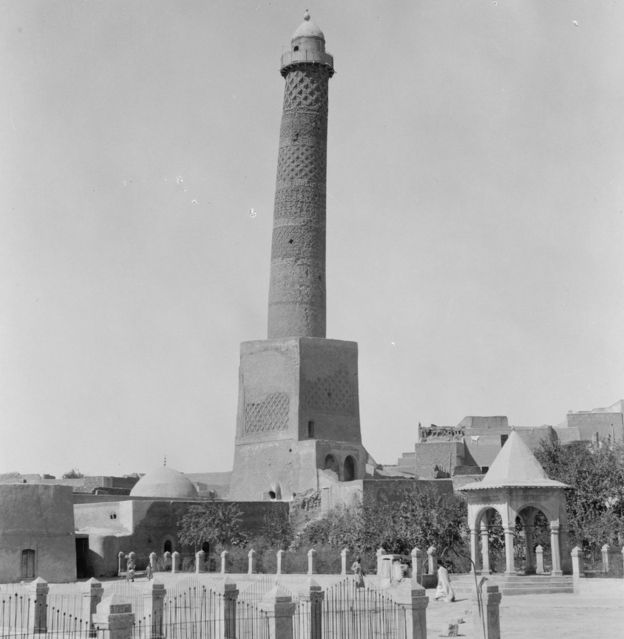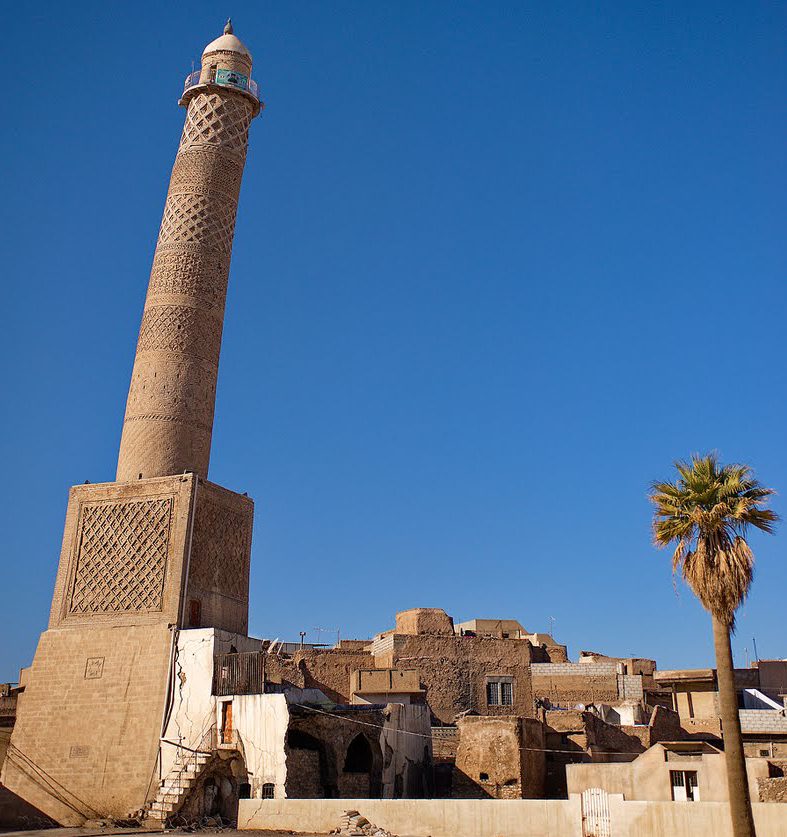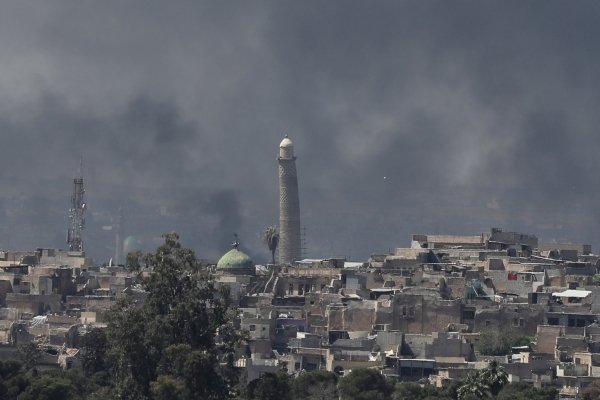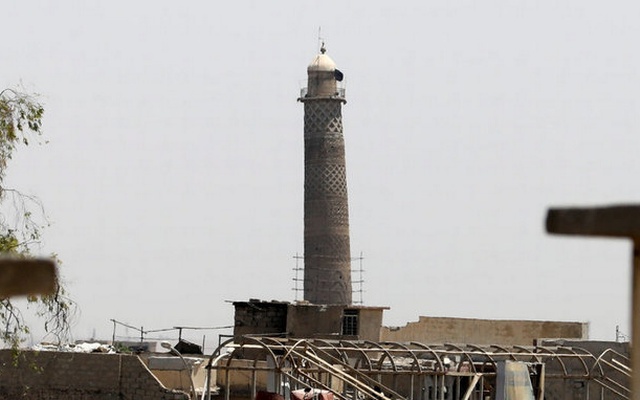Additional Sources
Tabbaa, Yasser. 2002. “The Mosque of Nur al-Din in Mosul 1170.” Annales Islamologiques. 36:339–360.
al-Daywaji, S. 1949. “Al-Jami’ al-Nuri fi al’Mawsil” Sumer 5:276-96.
Herzfeld, E. and F. Sarre. 1911. Archaeologische Reise im Euphrat-un Tigris-Gebiet. Berlin: D. Reimer.


